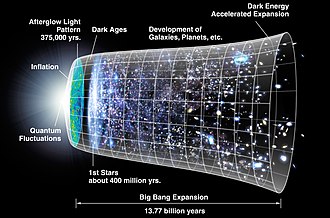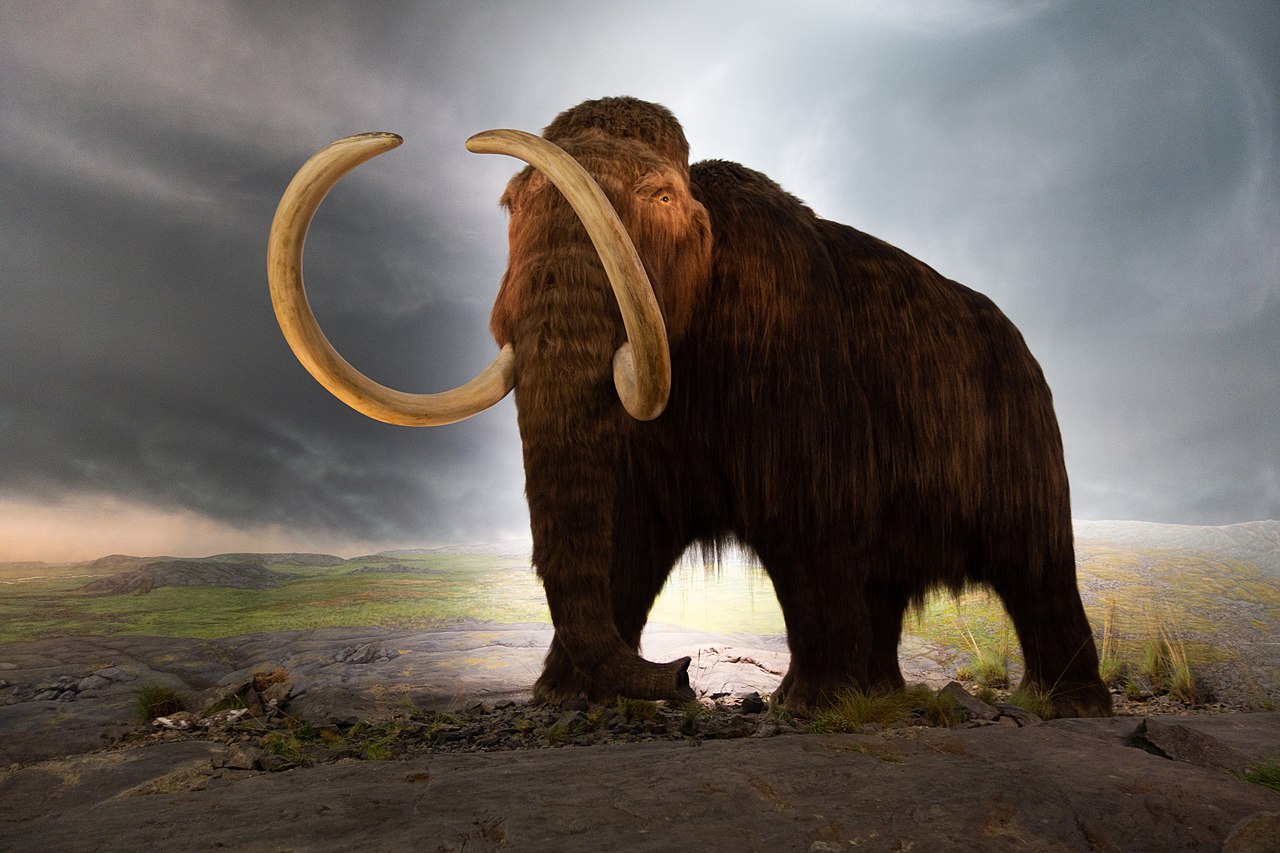CorporateNature No 145
Most of what we know about ancient civilisations is from the remains of their settlements. Nomadic people leave almost no trace. In a similar way, army ants and forest ants can be observed as long as they are alive but it is the "cities" of termite mounds that change the landscape.
Leading a nomadic lifestyle, both professionally and personally, is good when you are young. It makes perfect sense to try out many new places, experiences, and career paths as possible in your youth, in order to find out what you enjoy. However, to build anything of substance, you need to find your place, settle down, and pull your sleeves up.
To illustrate this, let’s look at two species that predate us by millions of years and that will probably outlast us.
1. ARMY ANTS
The life of a colony of army ants passes in a constant cycle between two phases - nomadic and stationary. The nomadic phase starts about 10 days after the queen has laid her eggs. During this time, the whole colony covers long distances in search of food for the new larvae. The ants are always on the move during the day and only settle down in temporary camps at night. Once the larvae are big enough, the whole colony settles down for the stationary phase. This only lasts a few weeks and, in no time, the colony is out foraging again.
2. MOUND-BUILDING TERMITES
In sharp contrast to the destructive army ants, some species of termite are best-known for their impressive building abilities. Termite mounds are true engineering masterpieces, which have inspired architects to build more efficiently. A termite mound is essentially an insect-scale skyscraper, which acts as the external lungs for the whole termite colony living below. The mound helps control the temperature, humidity, and the exchange of carbon dioxide and oxygen within the nest. Building such a complex structure is only possible with a settled lifestyle.
***
TAKEAWAYS:
A nomadic lifestyle is consumer-based but not sustainable in the long run and does not leave much trace.


















